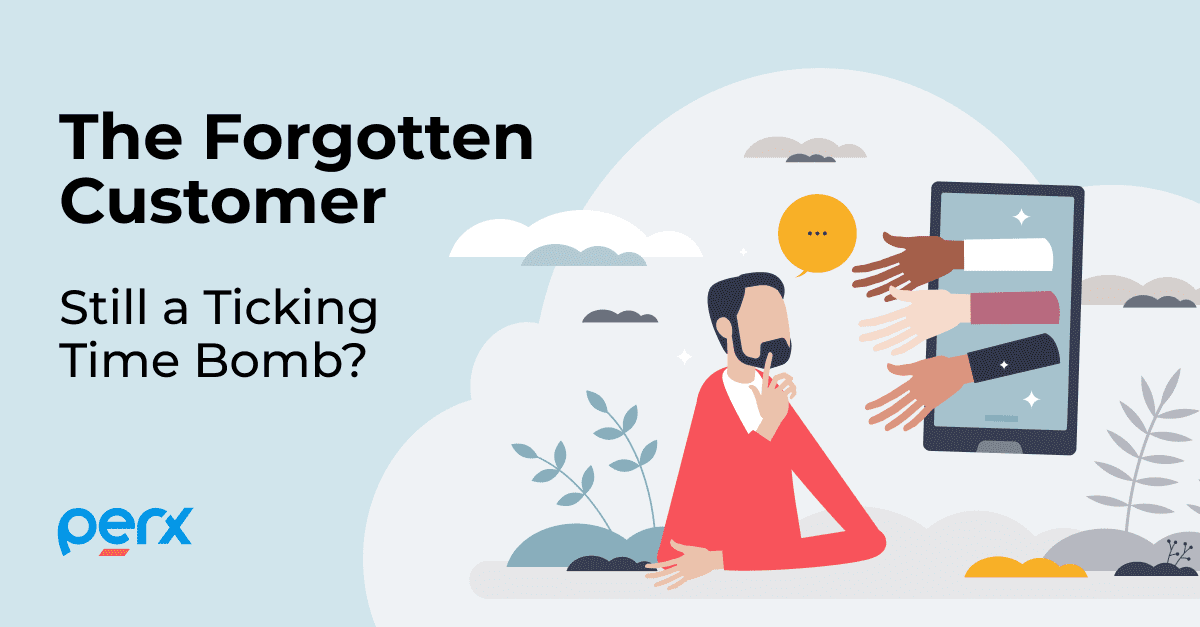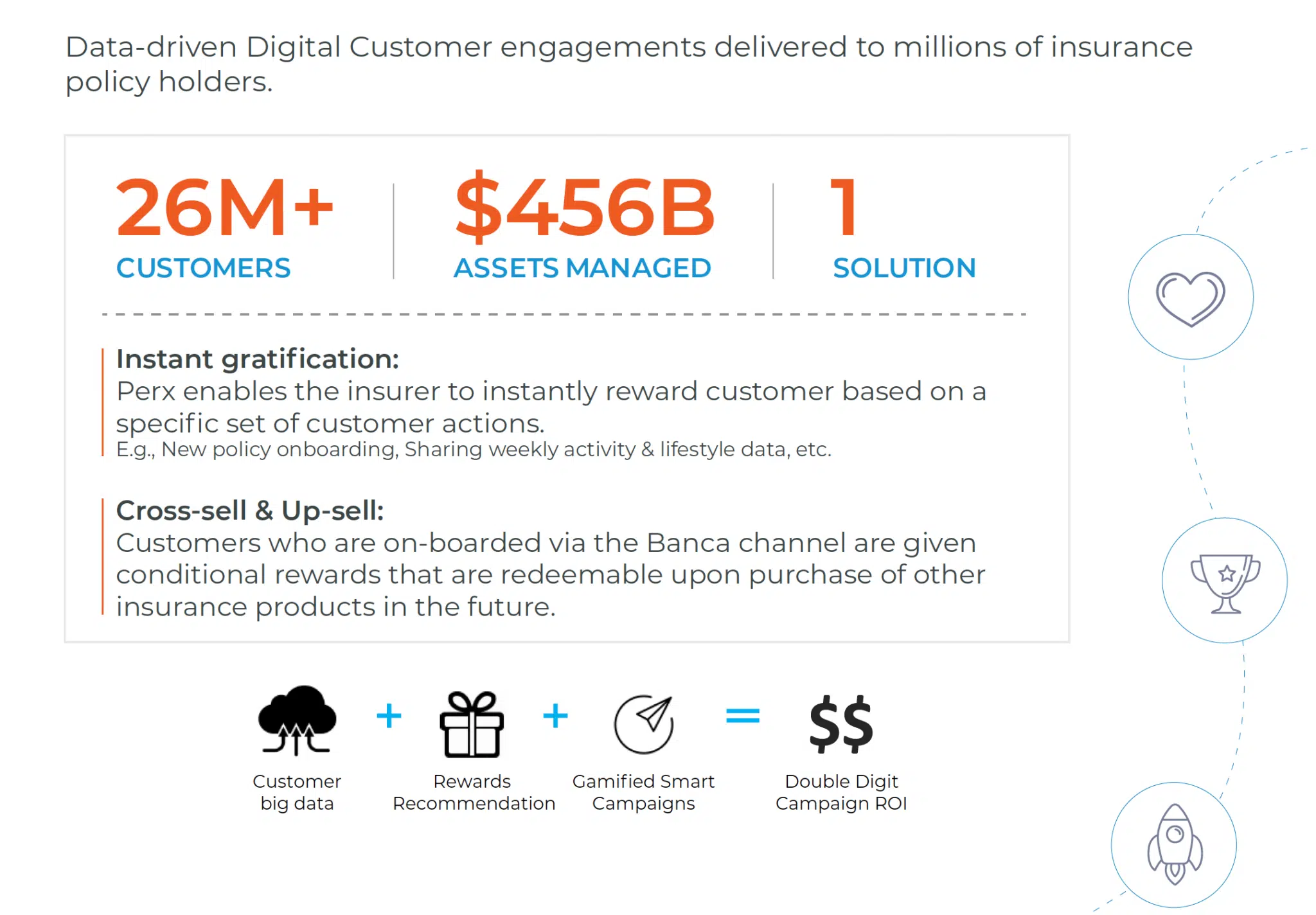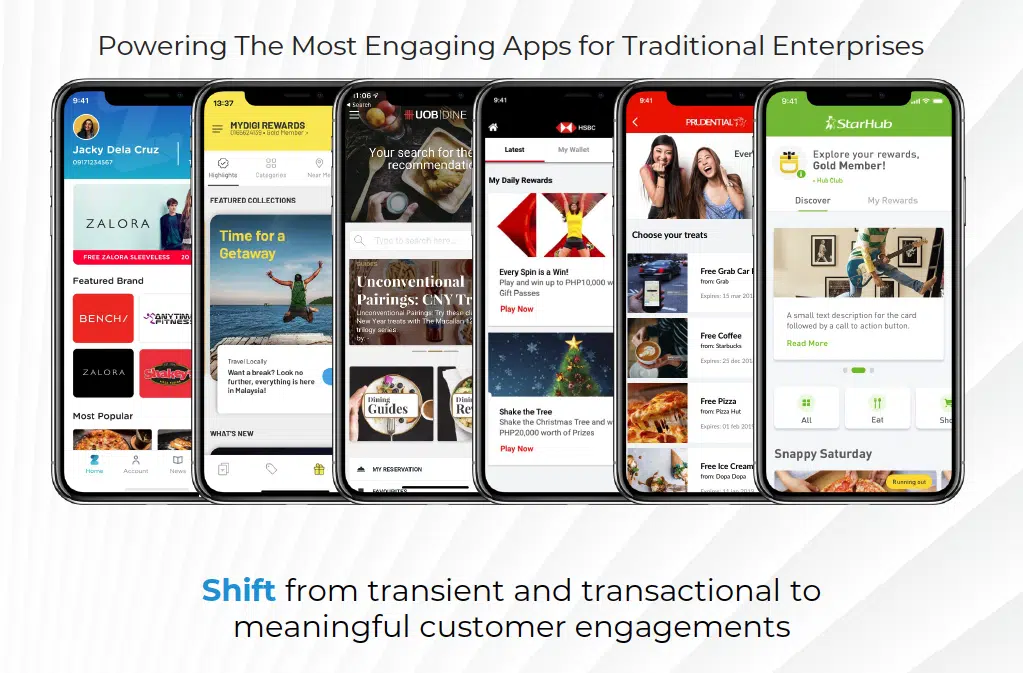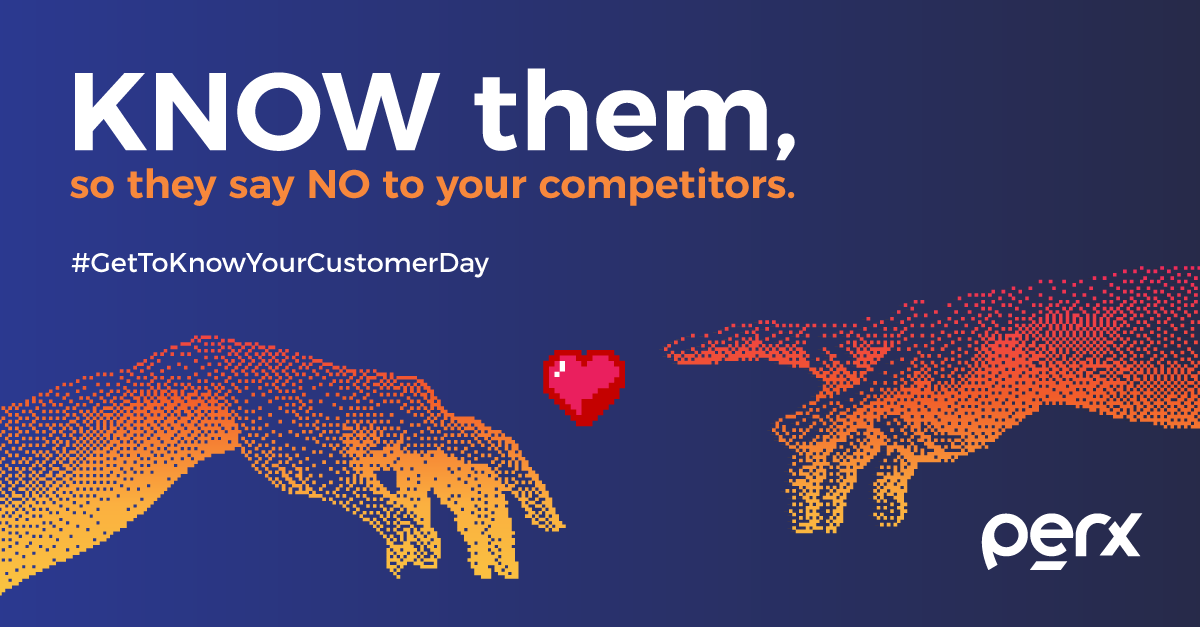5 Reasons Your Loyalty Program Isn’t Yielding Results

5 Reasons Your Loyalty Program Isn’t Yielding Results
Delve into the top 5 reasons why customer loyalty programs are underperforming and explore how businesses can overcome these challenges.
Launching a loyalty program can be compared to embarking on an arduous and unpredictable journey. You will encounter countless twists and turns that can either propel you forward or hinder your progress. However, despite your best efforts, you may still find yourself struggling to make any significant headway.
The 5 Problems With Loyalty Programs
The reason behind your stagnation could be attributed to neglecting seemingly minor details that can thwart the potential success of your reward program. To help you evaluate your program’s effectiveness, we have assembled a list of five common reasons why loyalty programs fail. These invaluable insights will enable you to gain a deeper understanding of why your program may not be performing up to par.
The Lack of Customer Satisfaction: Earning rewards is too Time-Consuming
Customers are drawn to loyalty programs because of the promise of rewards and immediate satisfaction. However, over-promising can lead to disappointment and ultimately cause customers to turn away. Delayed reward redemption is one of the most significant pain points for loyalty program members, causing frustration and a sense of unappreciation for their loyalty.
Furthermore, earning rewards can prove to be a difficult and daunting task for some, further adding to their discontent. To overcome the issue of delayed gratification and keep customers satisfied, loyalty program providers must implement effective strategies.

Offering a mix of high and low-value rewards, ensuring they are both affordable and desirable, is an excellent approach. Providing a welcome gift to new members can create a favorable first impression and offer a taste of the program’s benefits. Additionally, adjusting the type of rewards can make them more accessible to customers, increasing their engagement and loyalty.
The Program Only Focuses on One Kind of Benefit, Neglecting Others
Achieving a balance in the value proposition of a rewards program can be challenging, especially when each customer segment has unique preferences. While it’s advisable to leave customers with a manageable number of reward types, diversifying beyond discounts is one way to keep the program fresh and captivating.
Customers typically prefer financial benefits such as cashback or coupons that provide tangible, flexible value. Nevertheless, a considerable number of customers also appreciate personalized and experiential rewards, such as exclusive access, VIP treatment, and birthday rewards. To prevent issues with loyalty programs, a balance between various reward types is essential.
Overly focusing on discounts or experiential rewards can lead to an uneven customer experience. Additionally, incorporating partner rewards can increase the range of rewards available and make them more enticing, particularly if they include freebies, gifts, or merchandise. Lastly, offering high-perceived-value rewards like early product access, VIP customer service, and downloadable content can enhance the program’s appeal, and increase customer engagement and satisfaction.
Personalization is Insufficient or Nonexistent
Personalization is key to a successful loyalty program, and customized deals and offers are the secret ingredients. When customers receive rewards that resonate with their interests, they’re more likely to use them. On the other hand, a one-size-fits-all approach can leave them disengaged and motivated to explore competitors’ programs. To avoid this pitfall, it’s critical to gather and leverage customer data for personalization.
One effective way to do this is by sending personalized birthday reward emails that surprise and delight customers. Furthermore, gamified surveys can help you understand customers’ reward preferences, enabling you to tailor your offerings to their individual needs and preferences.

The X Factor is Missing
For customer loyalty programs to be successful, they must provide an enjoyable and exciting experience for everyone while also offering a unique attraction that sets them apart from competitors. In today’s crowded marketplace, it’s essential to make a strong impression on your customers to stand out and retain their loyalty. One strategy that can help you achieve this is gamification. By incorporating game-like elements into your loyalty program, you can create a more engaging and entertaining experience for your customers.
This can include challenges, badges, point systems, leaderboards, and other interactive elements that make the experience more enjoyable. To use gamification effectively, it’s important to offer highly valuable experiential rewards that customers can unlock by completing specific actions or achieving certain goals.
These rewards should be unique, exciting, and exclusive, such as special event privileges, personalized merchandise, or travel packages. By creating a sense of exclusivity, you can increase the perceived value of the rewards and motivate customers to participate in your loyalty program.
There are No Exclusive Offers for Members
Consumers view customer loyalty programs as exclusive clubs, expecting extra perks for their allegiance. Neglecting to make members feel valued could lead to disloyalty. To prevent this, invest in offer management and segmentation, creating region or channel-specific rewards. Enhance the exclusivity with special access to premium content and exclusive community events. These thoughtful touches can foster an unbreakable bond with your customers and elevate their overall experience.
A successful loyalty program demands careful attention to critical factors like gamification and personalization, which can make or break customer engagement and retention. Neglecting these elements can hinder progress. Optimize your customer loyalty program with The Perx Platform – a cost-effective solution that supercharges user acquisition, in-app engagement, and reduces churn. Book a demo today to learn more about how the Perx customer loyalty and engagement platform can elevate your loyalty program and improve customer engagement.
Recommended for you

Blogs

Sustainability

Blogs

Blogs

Blogs
Ready to join them?

























